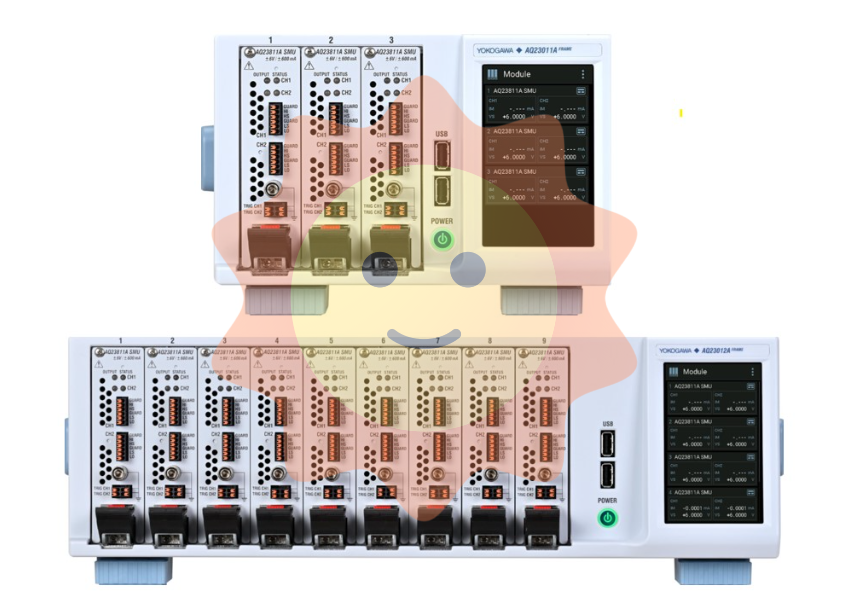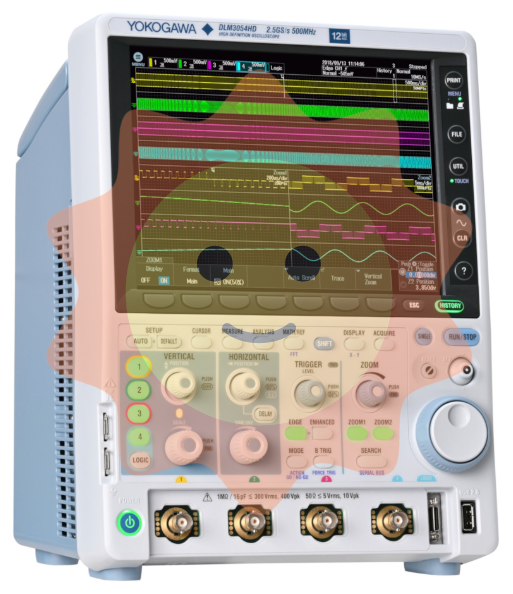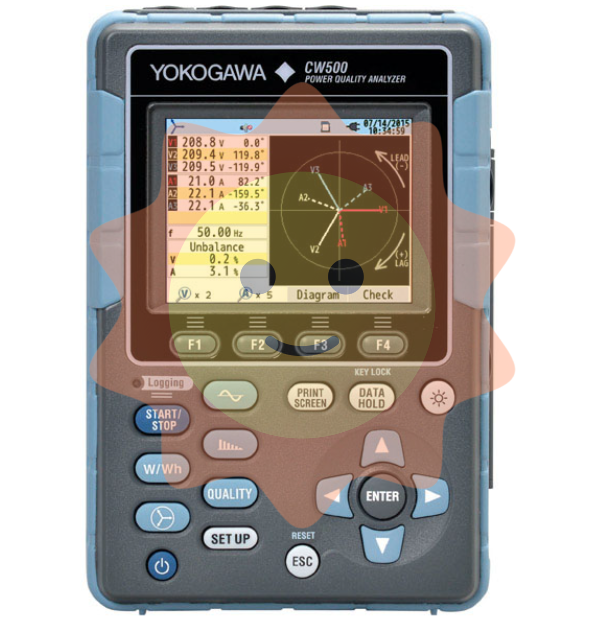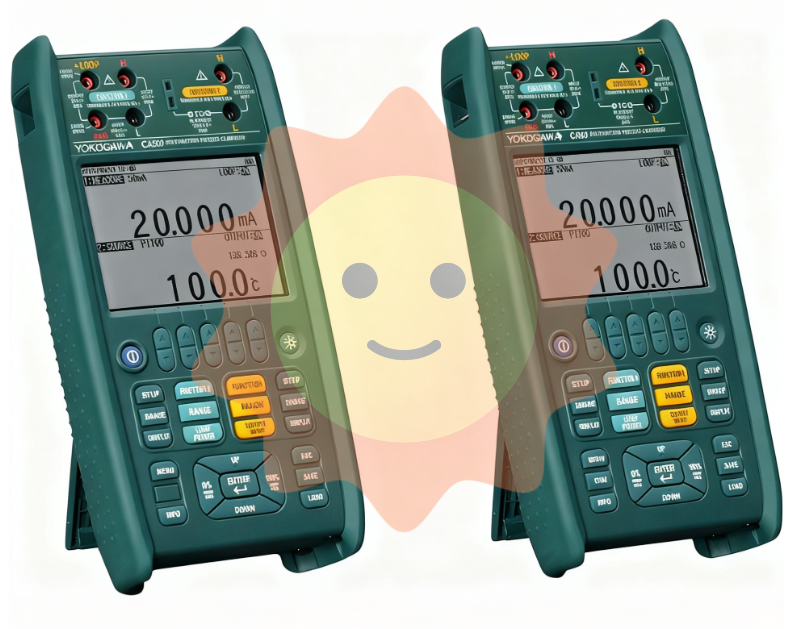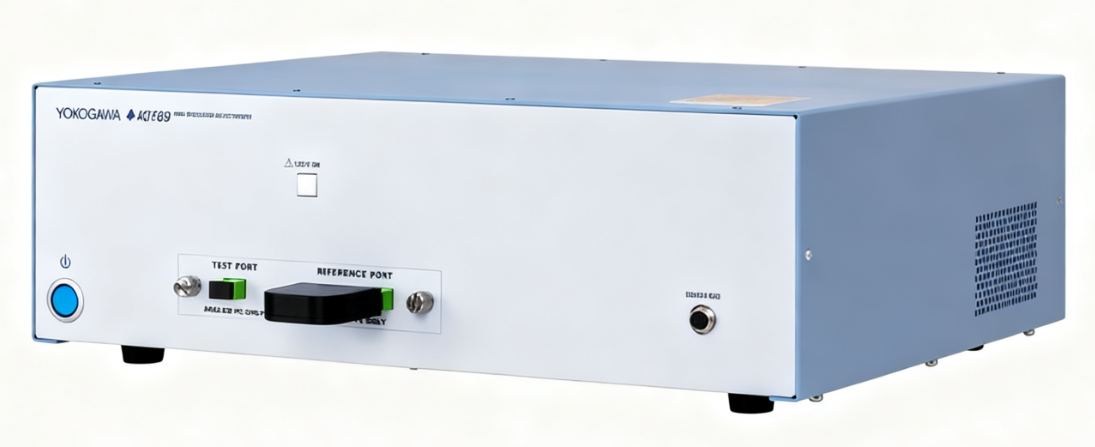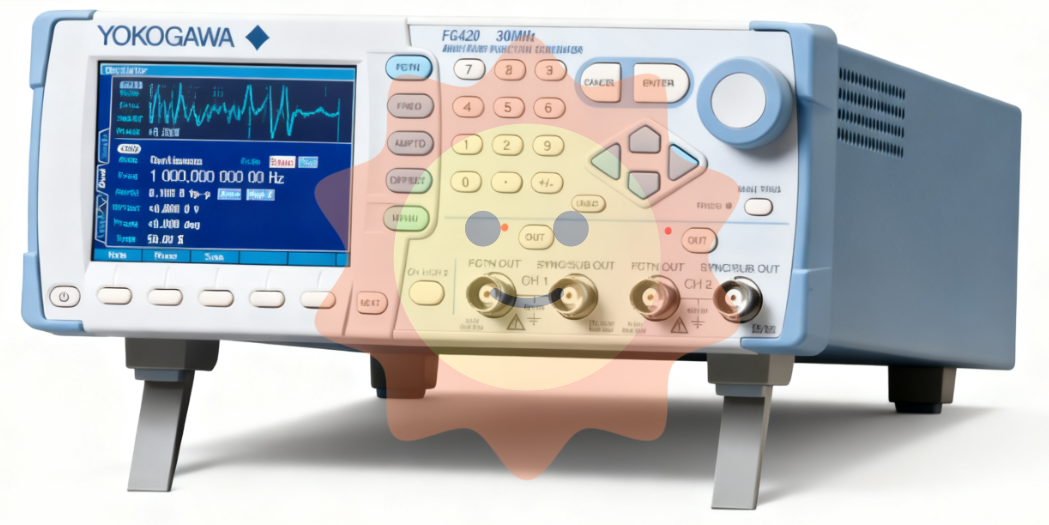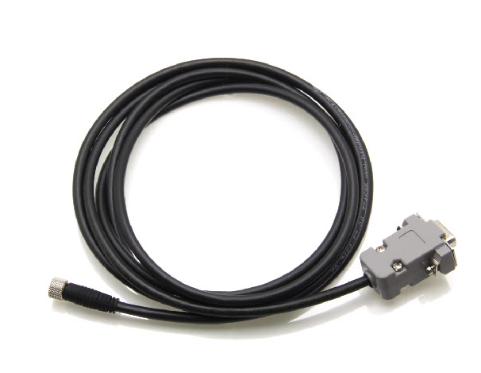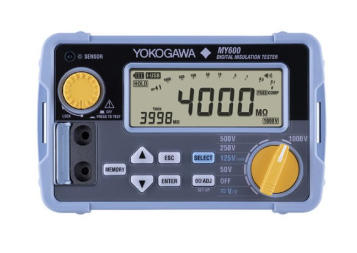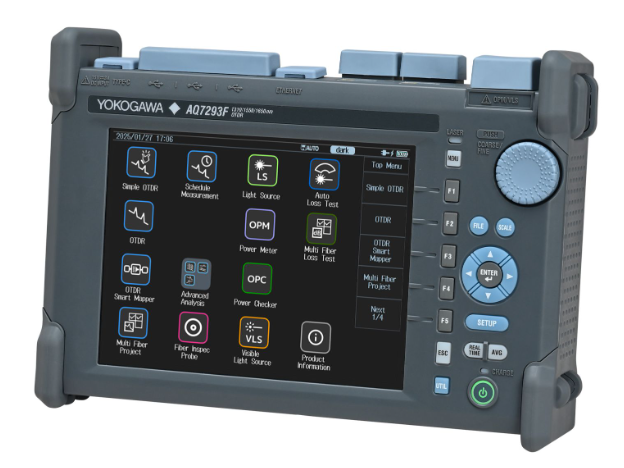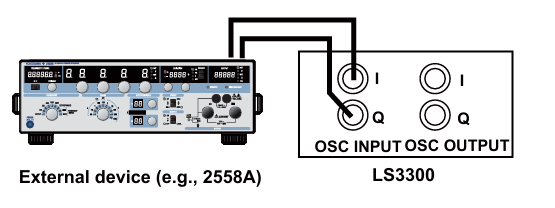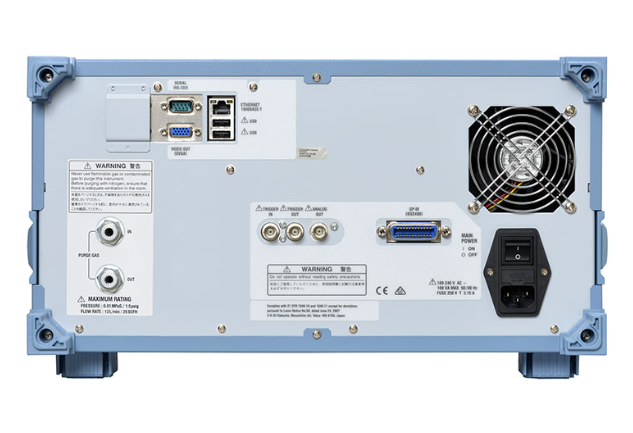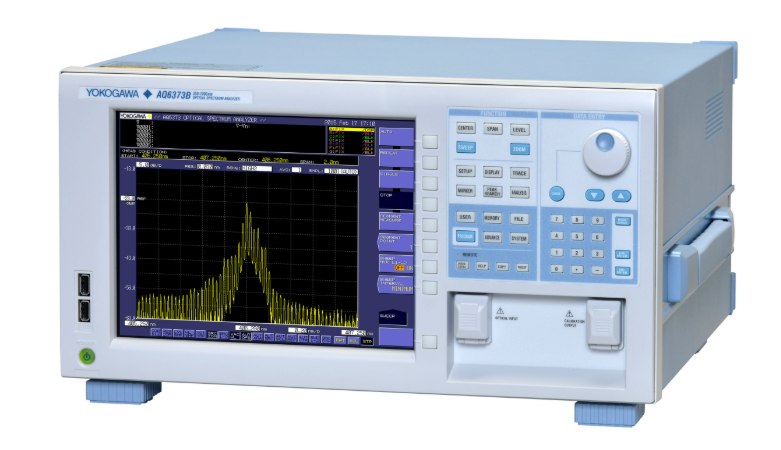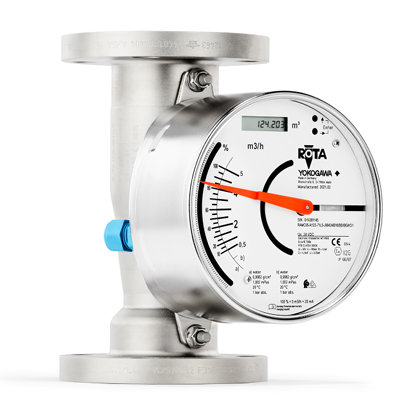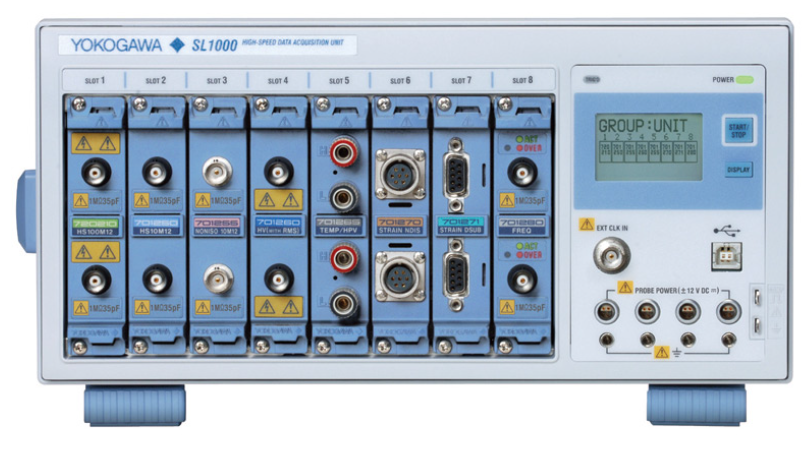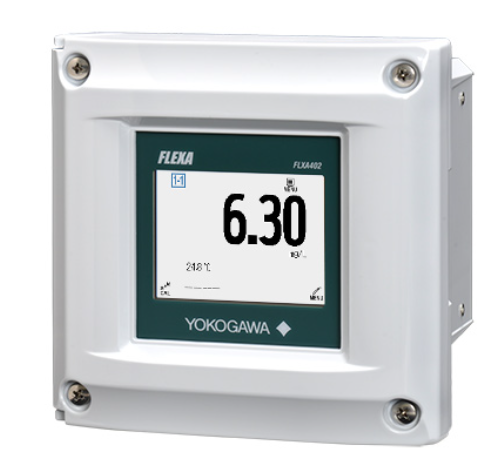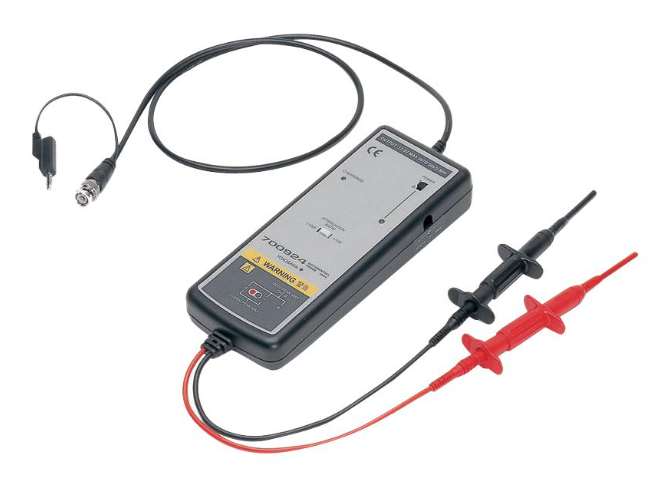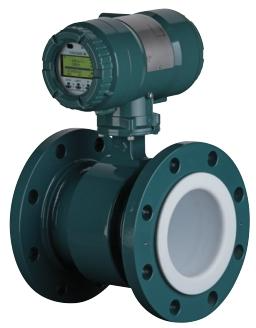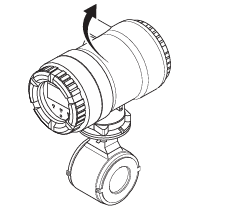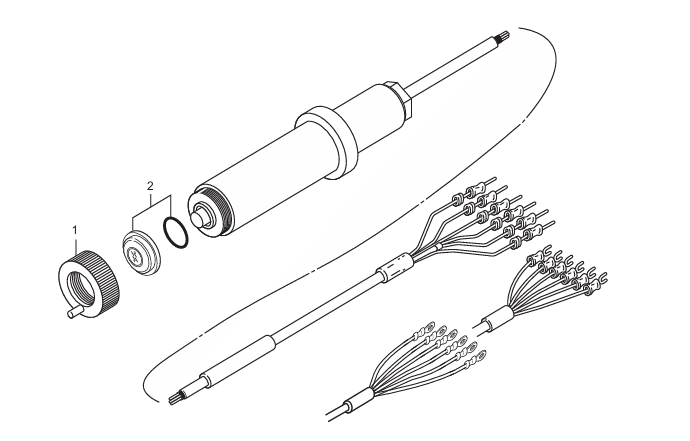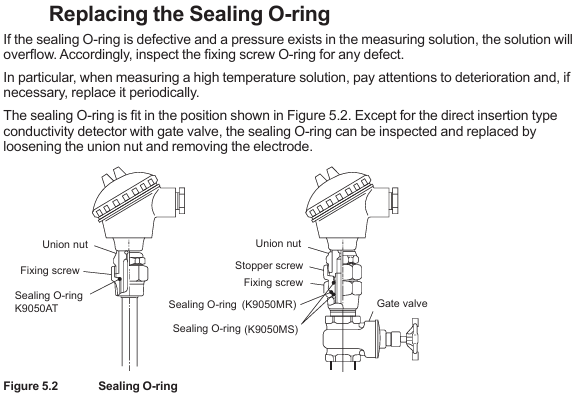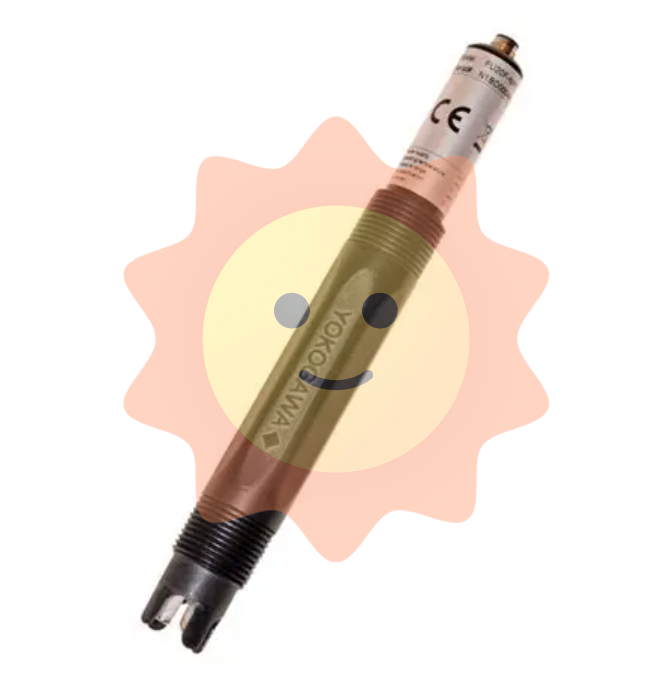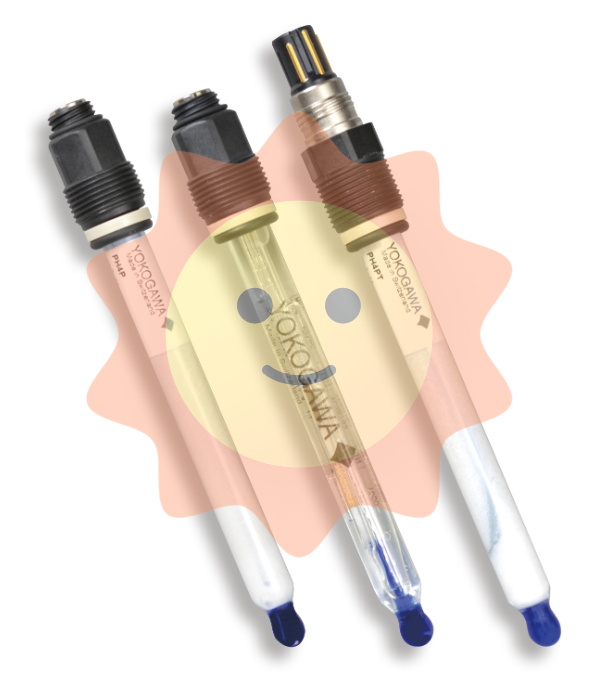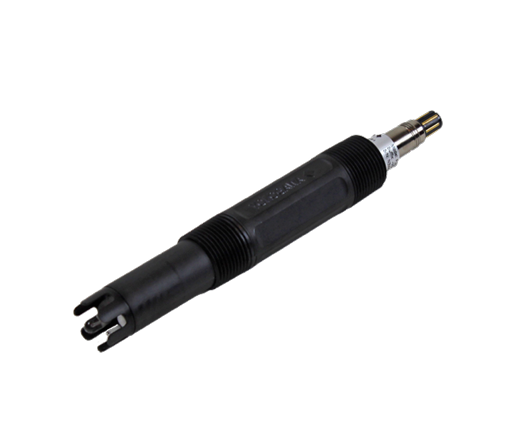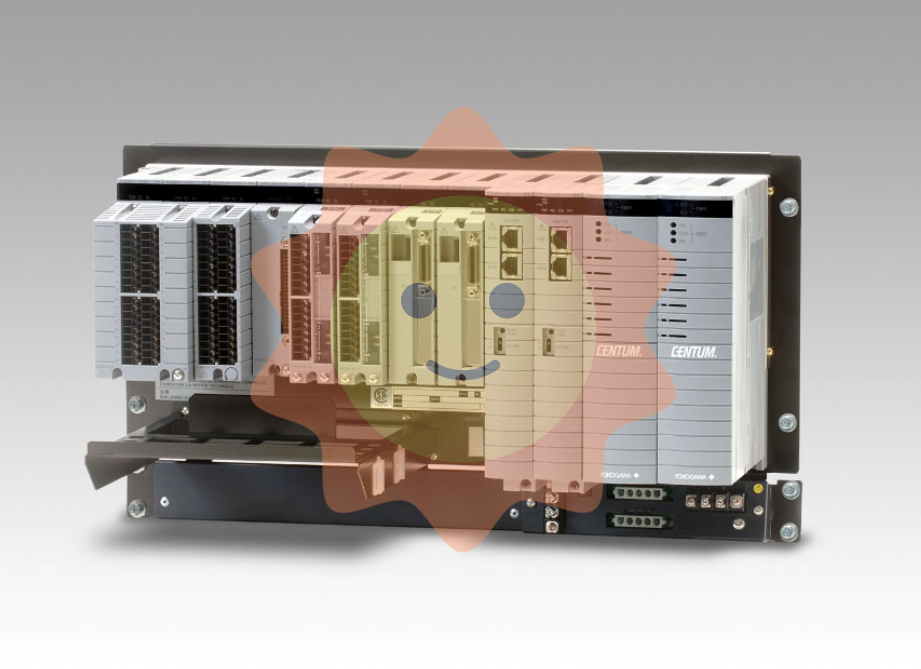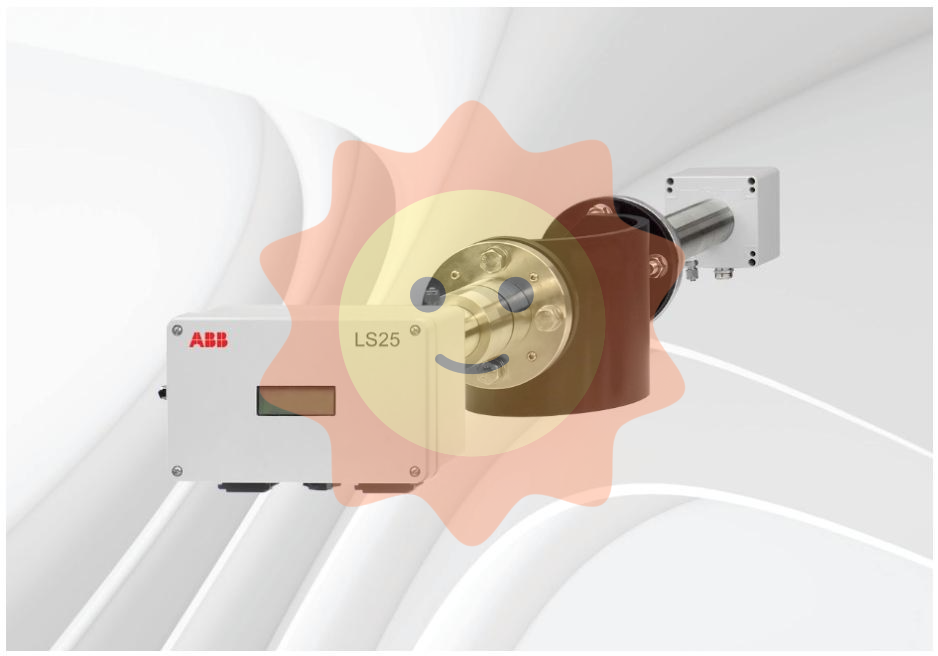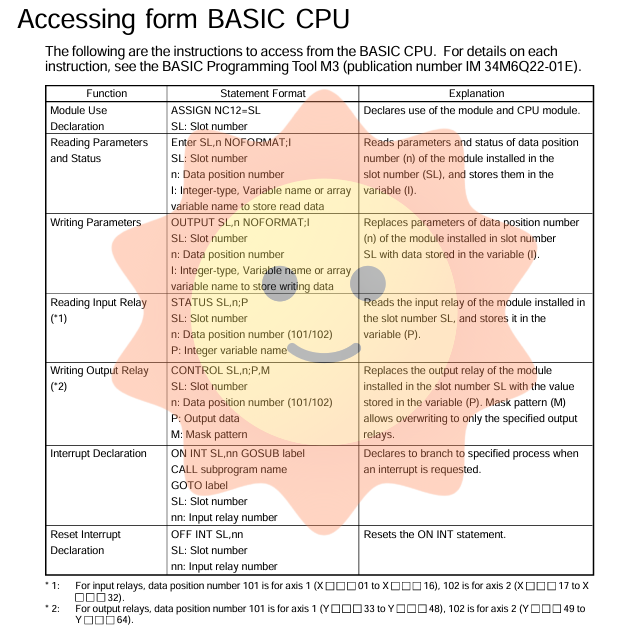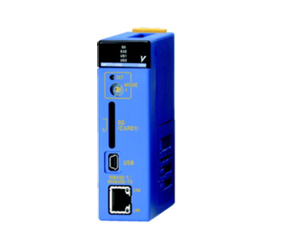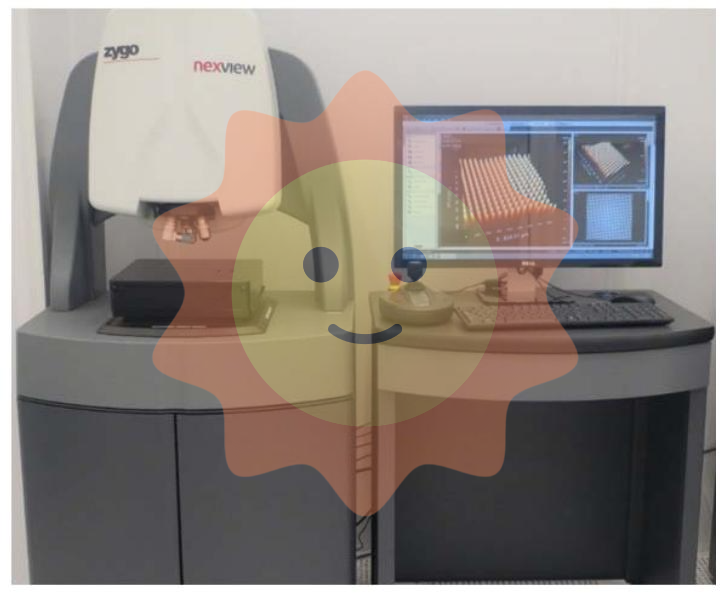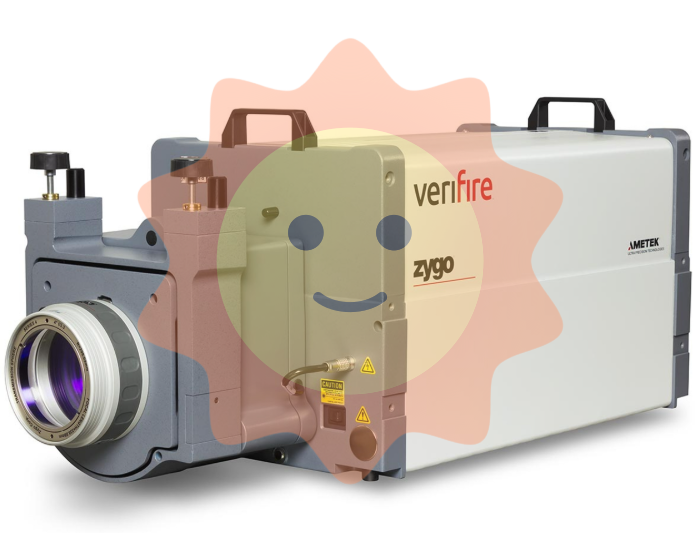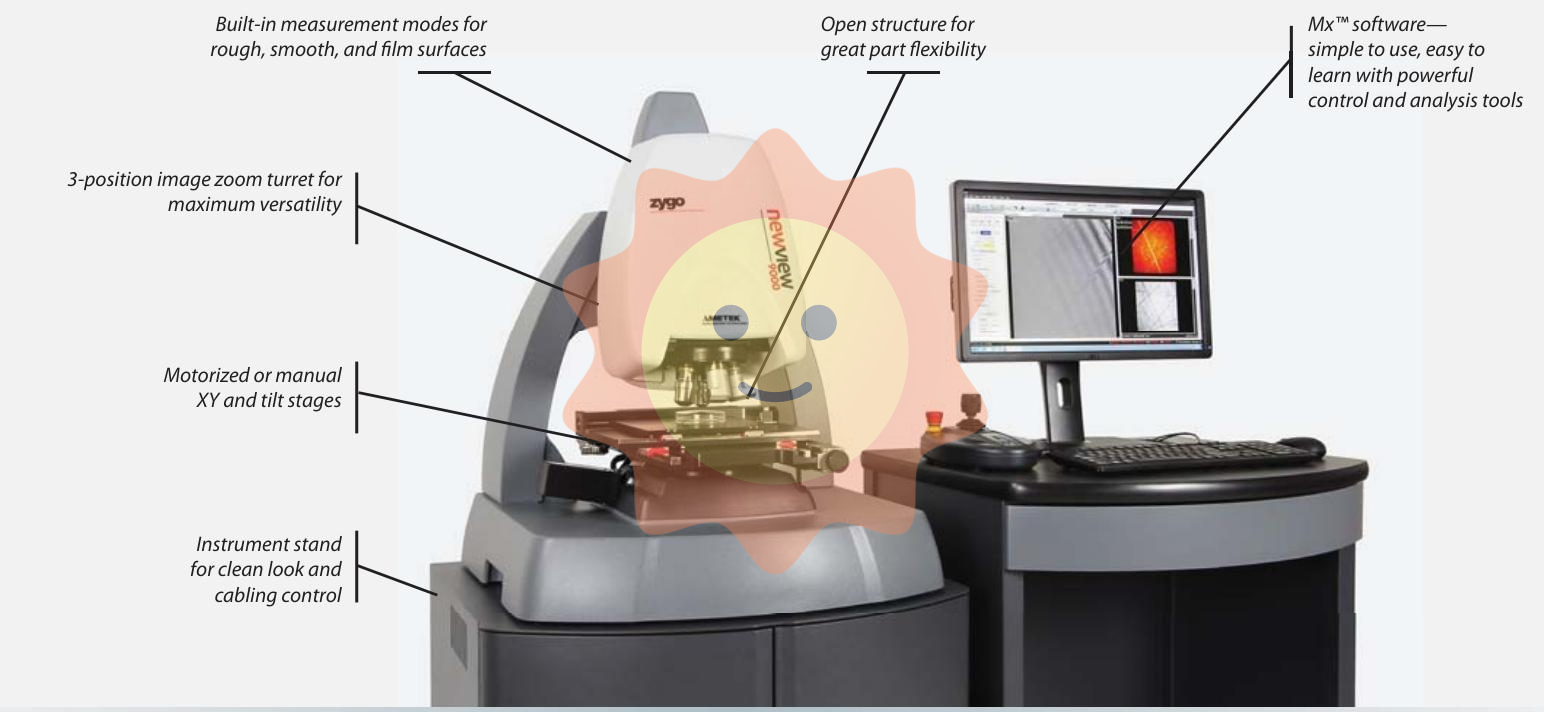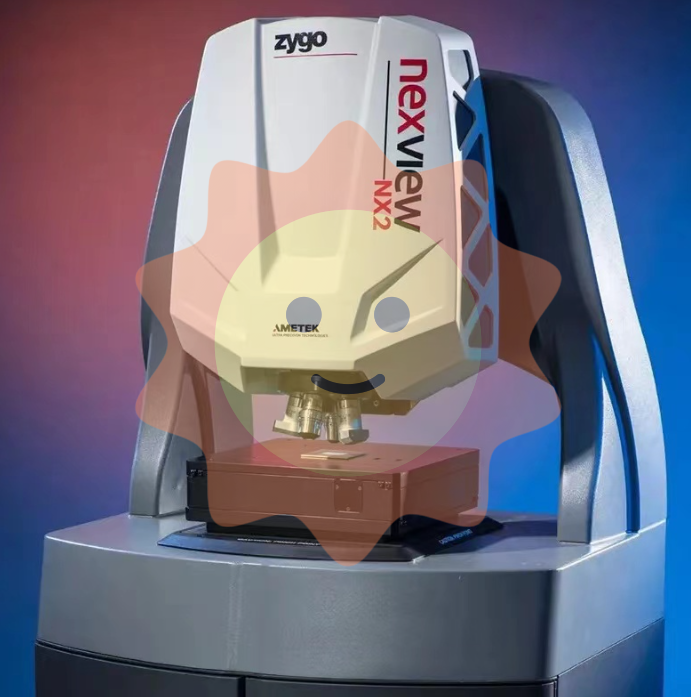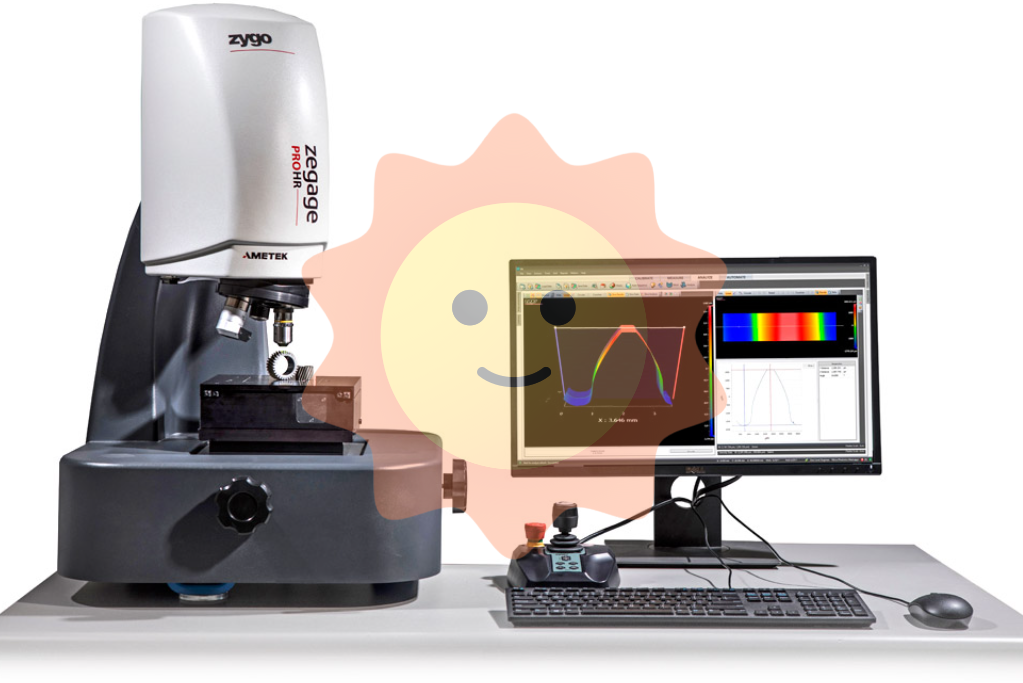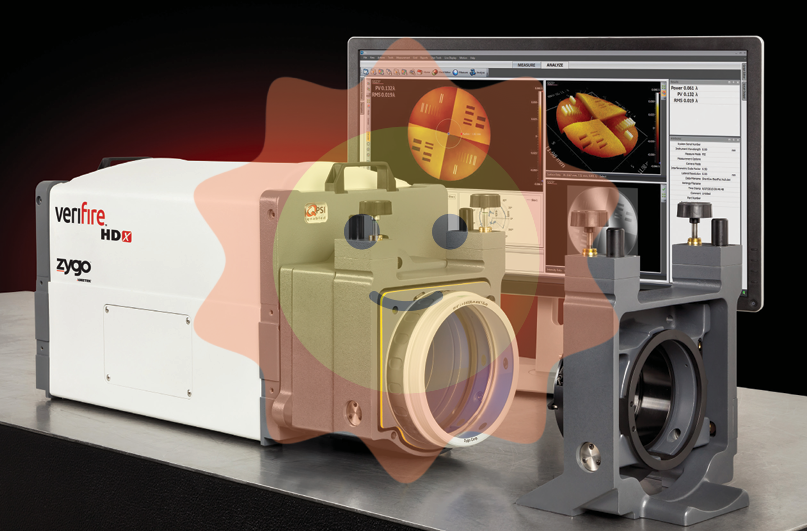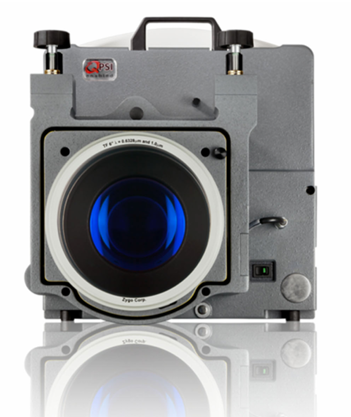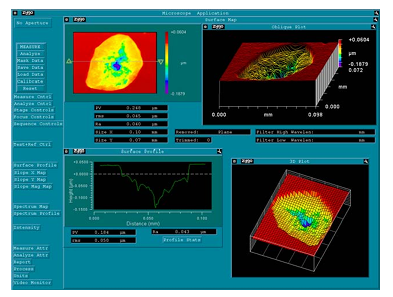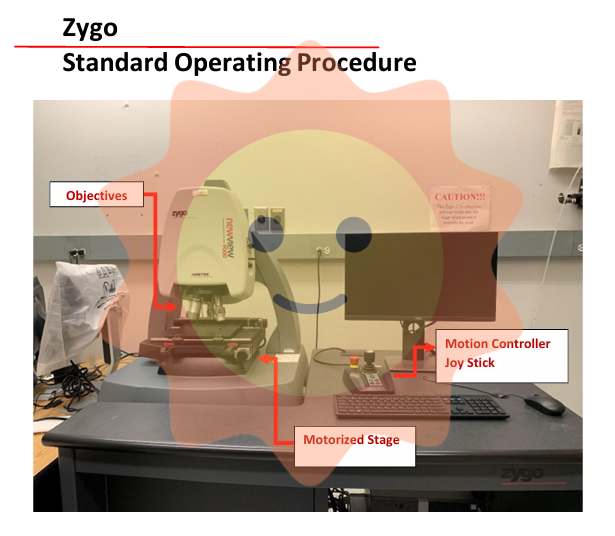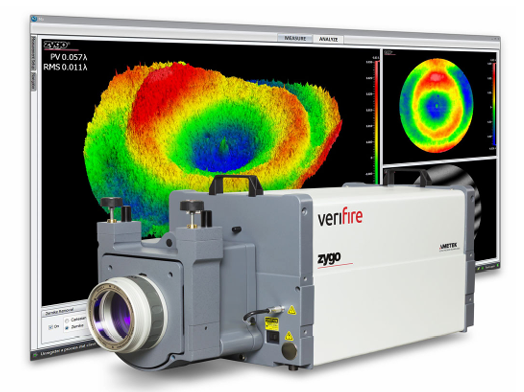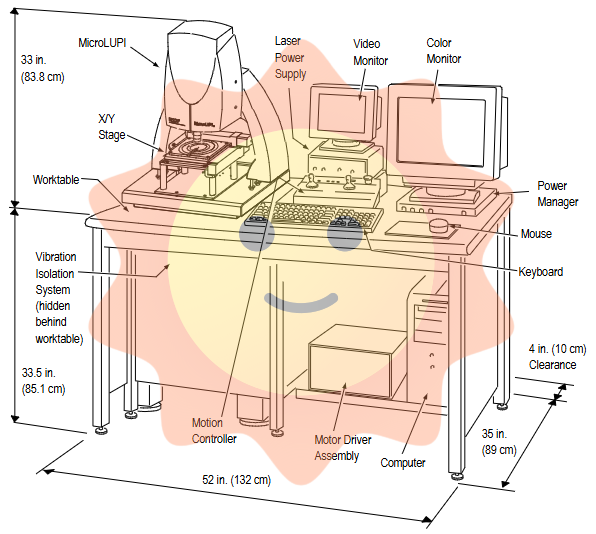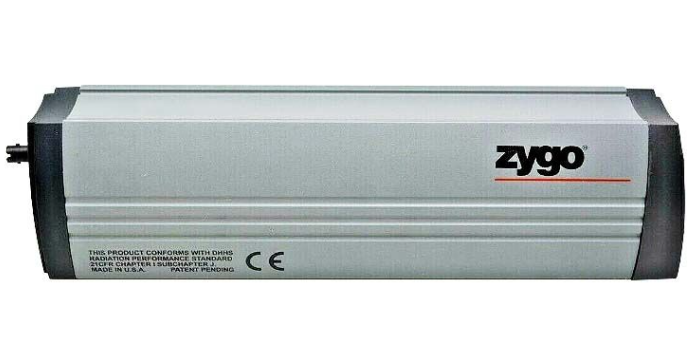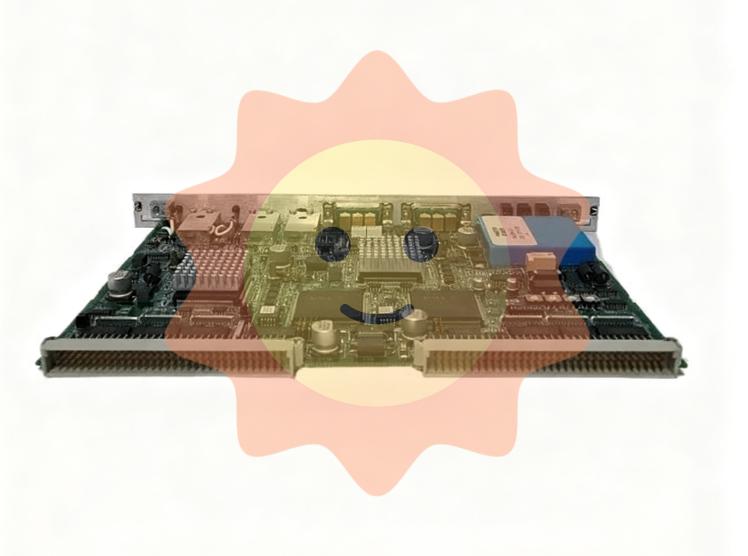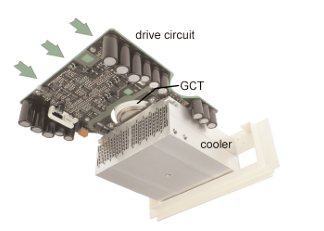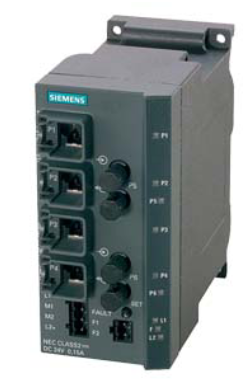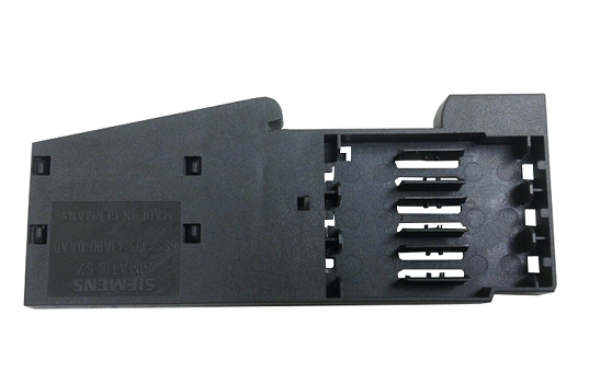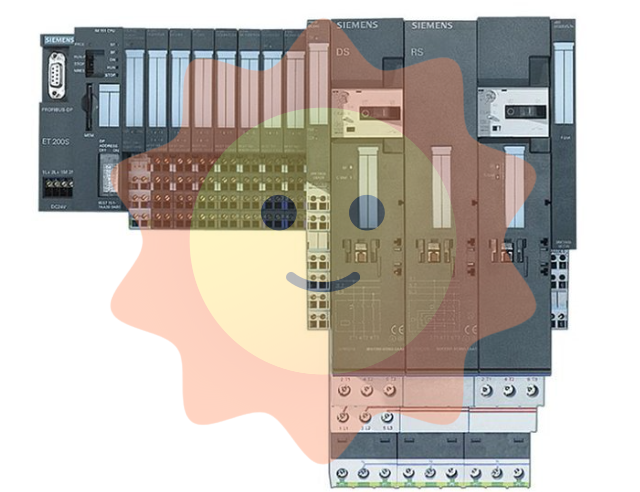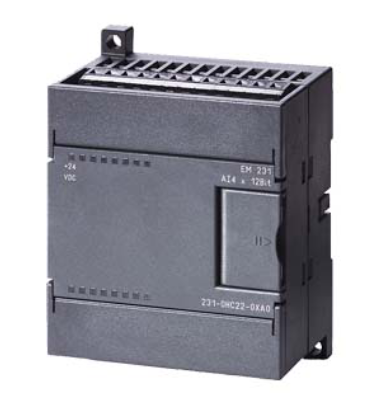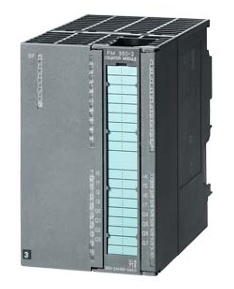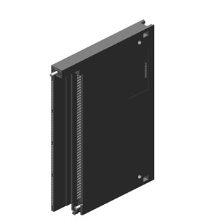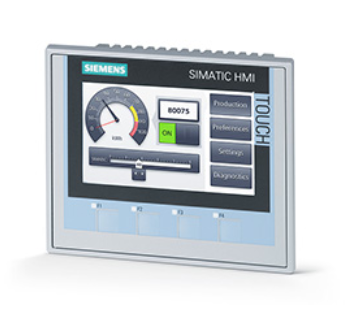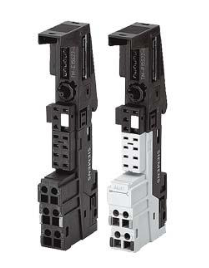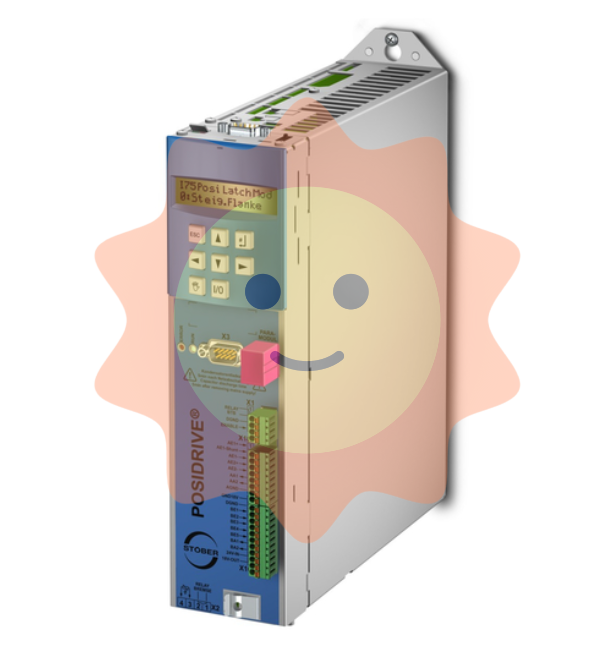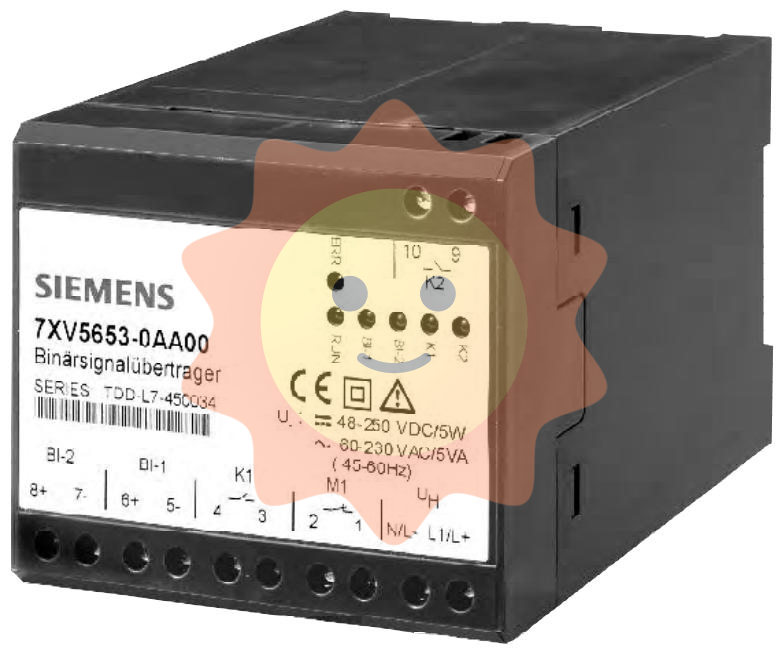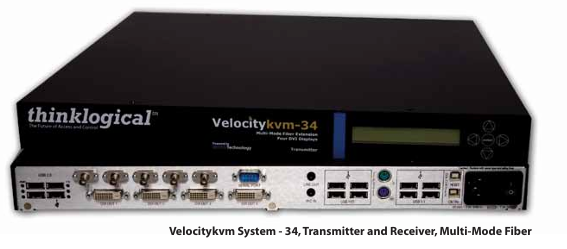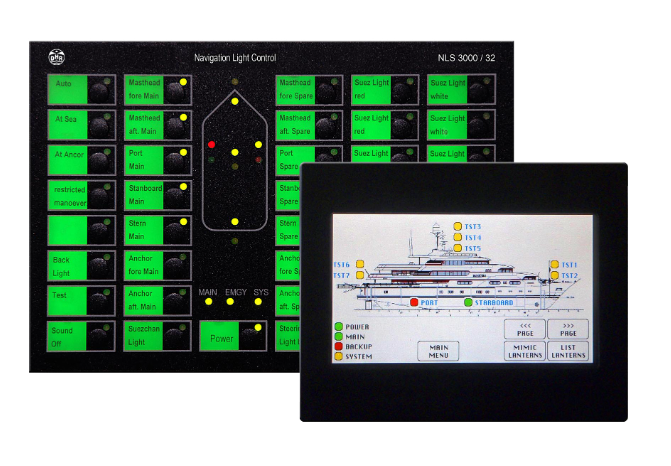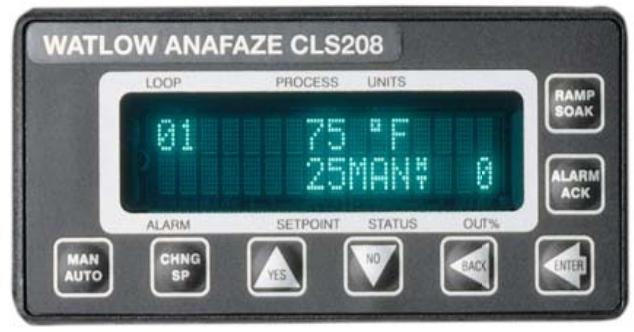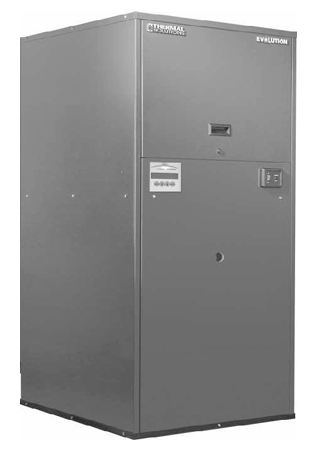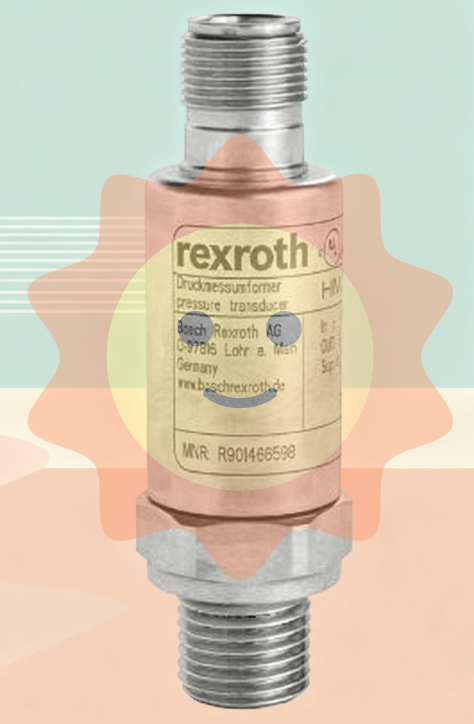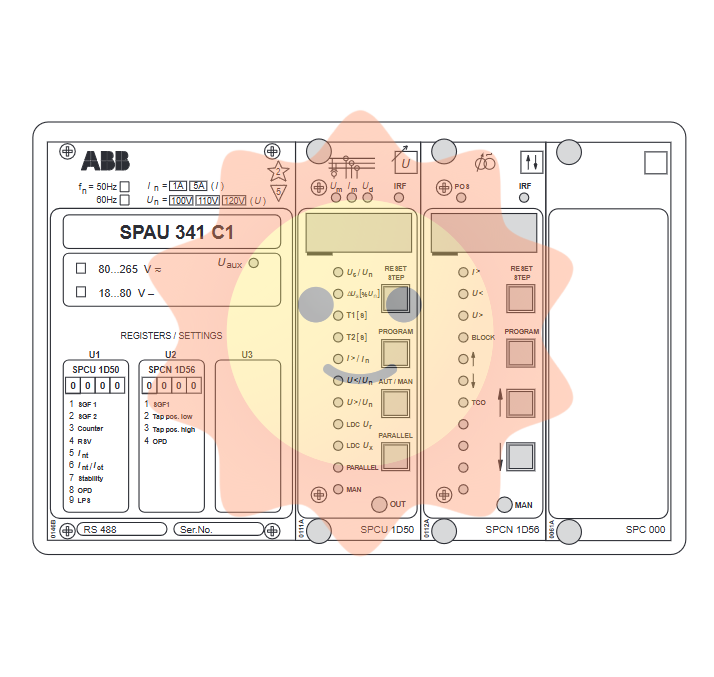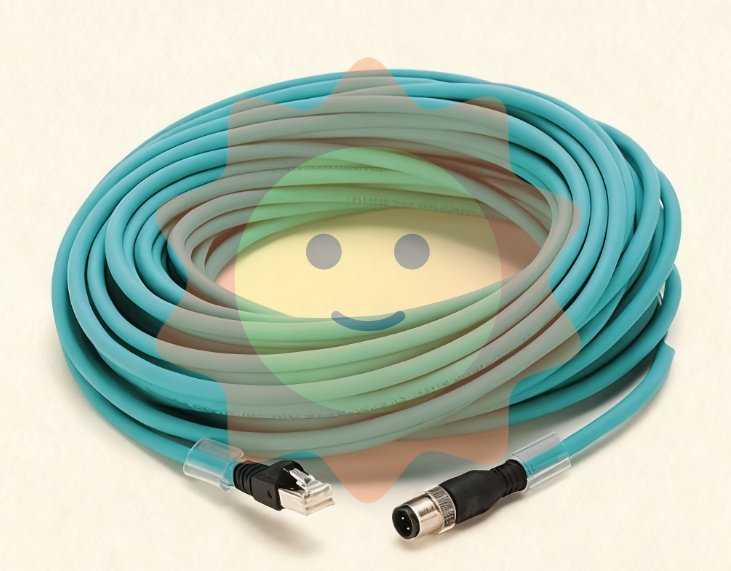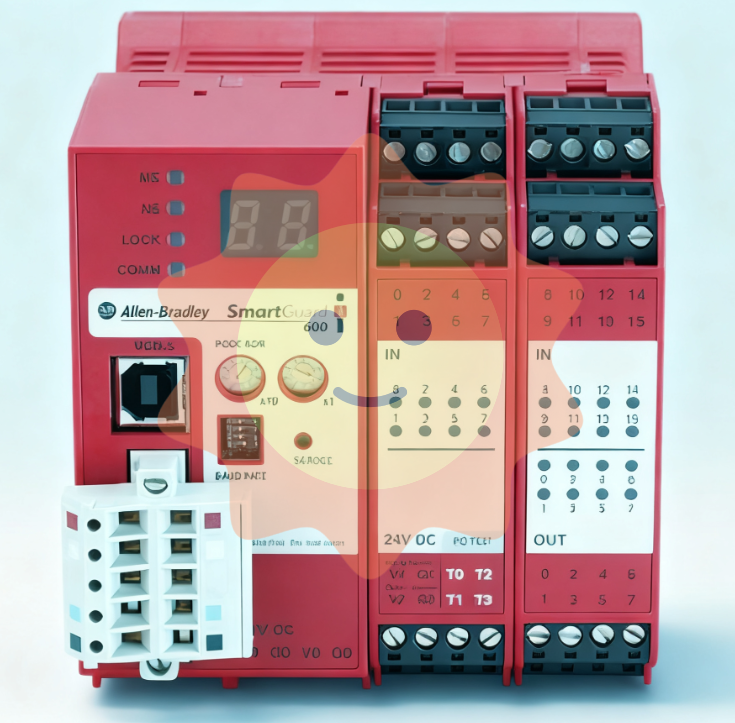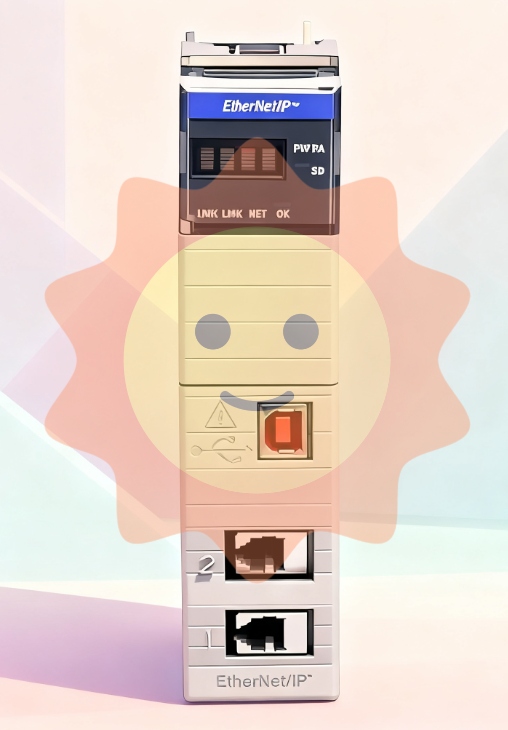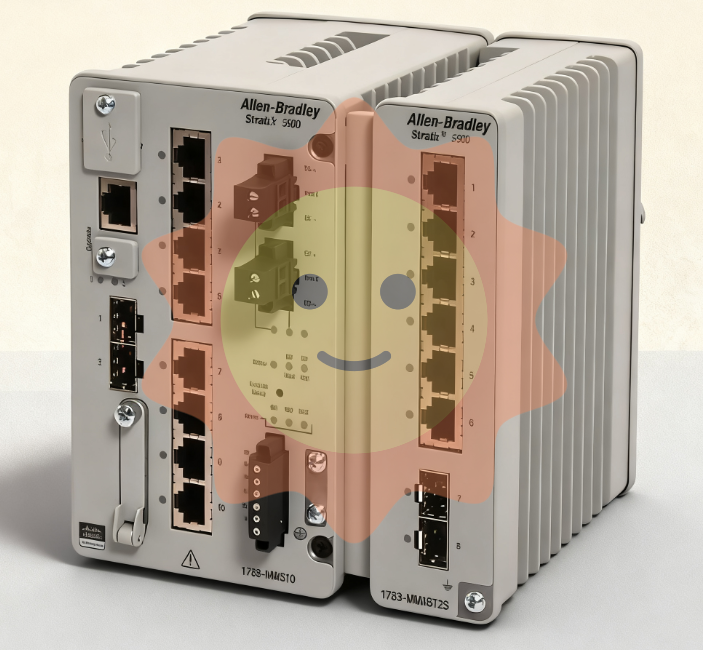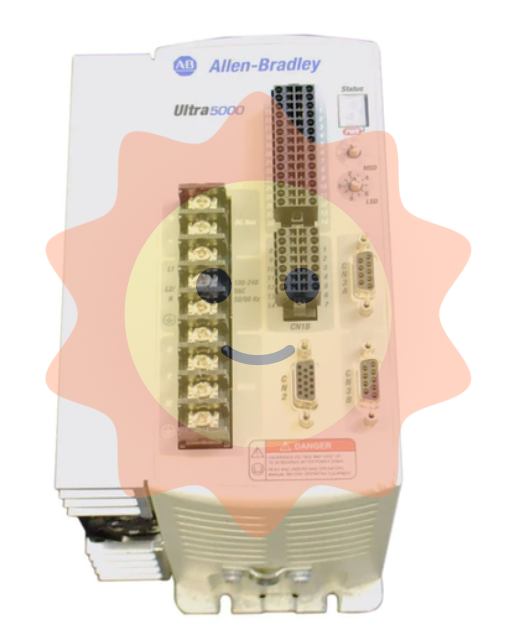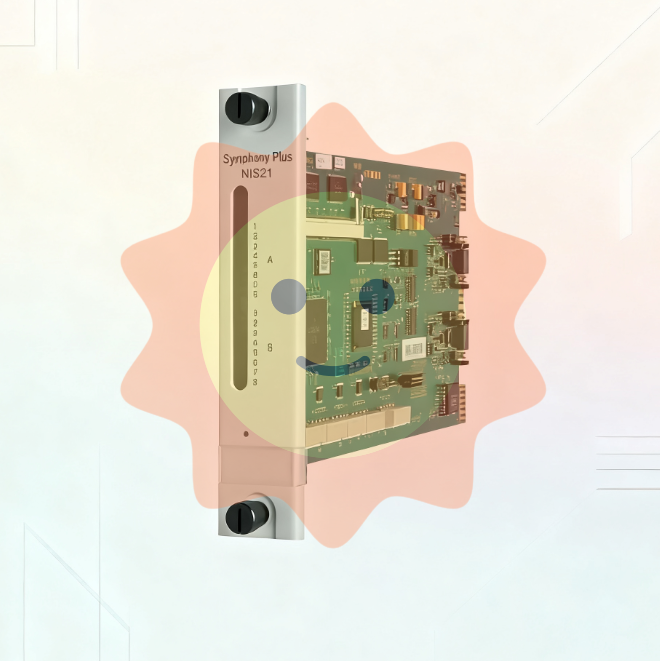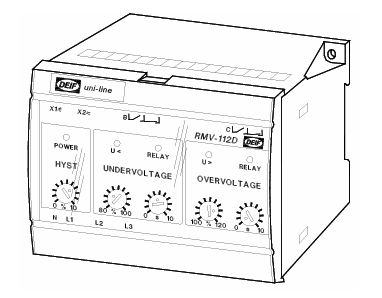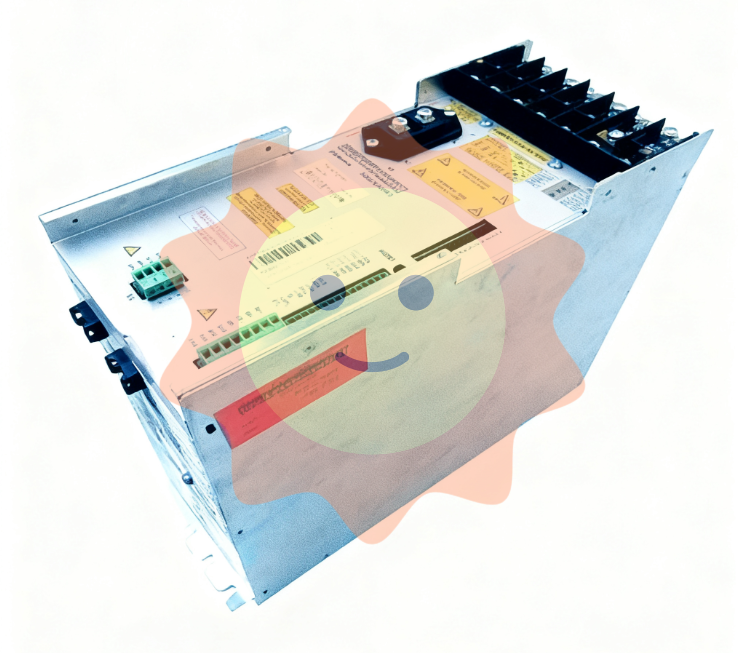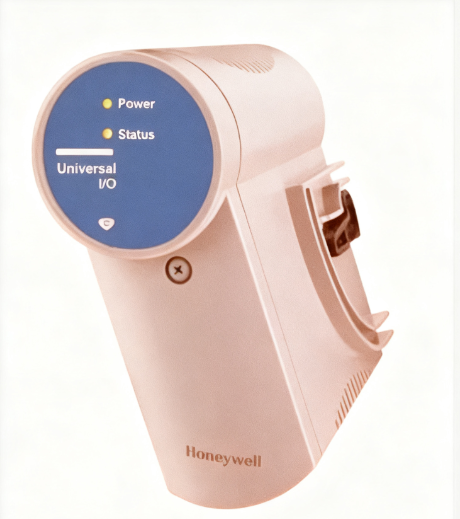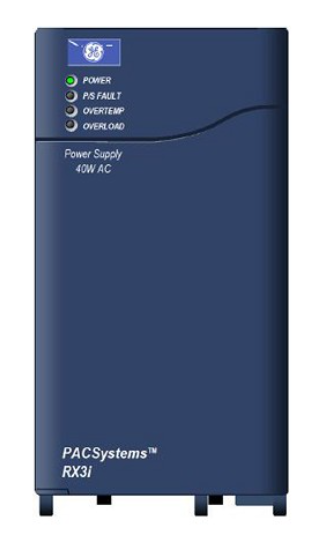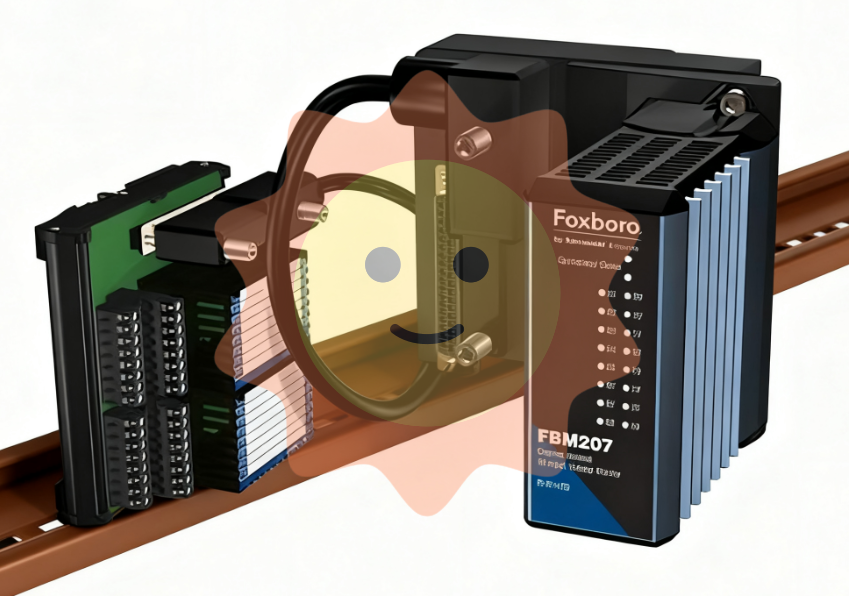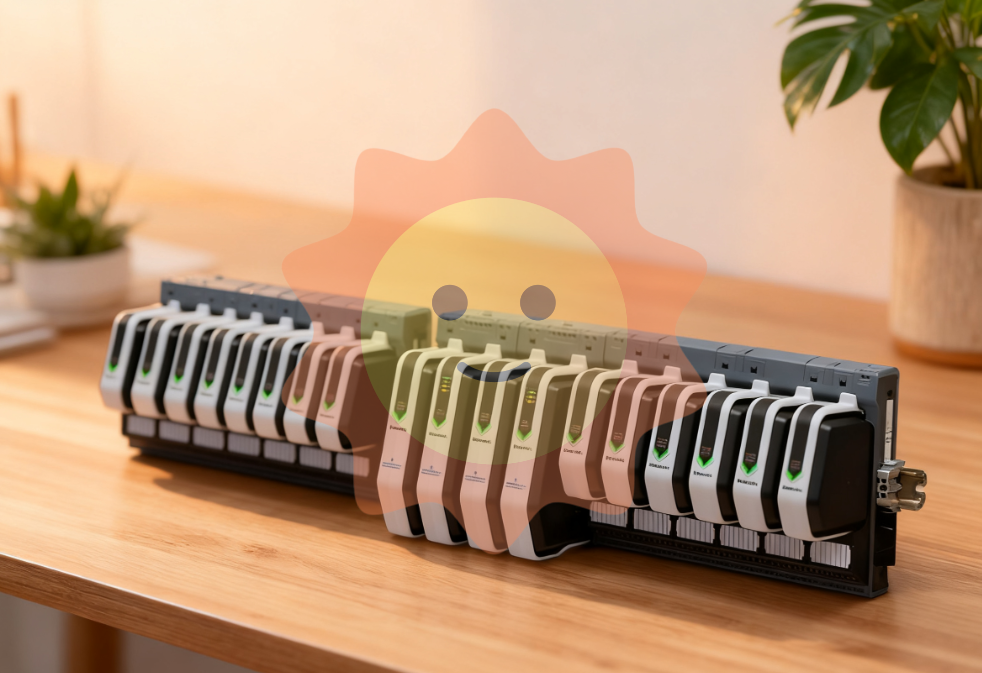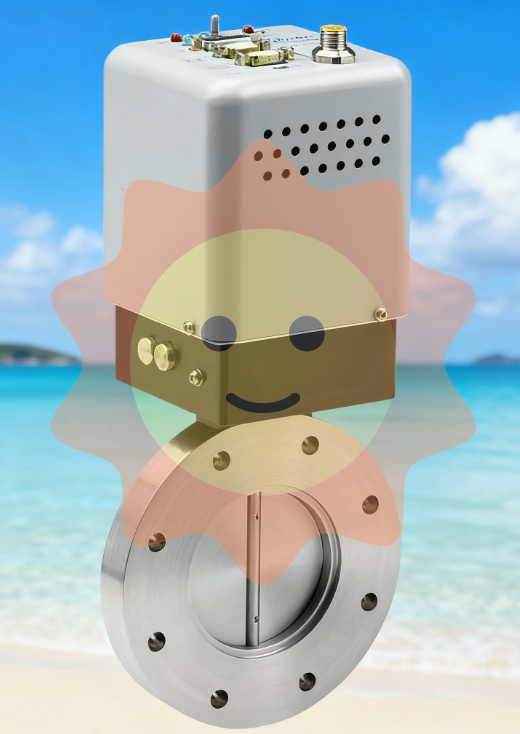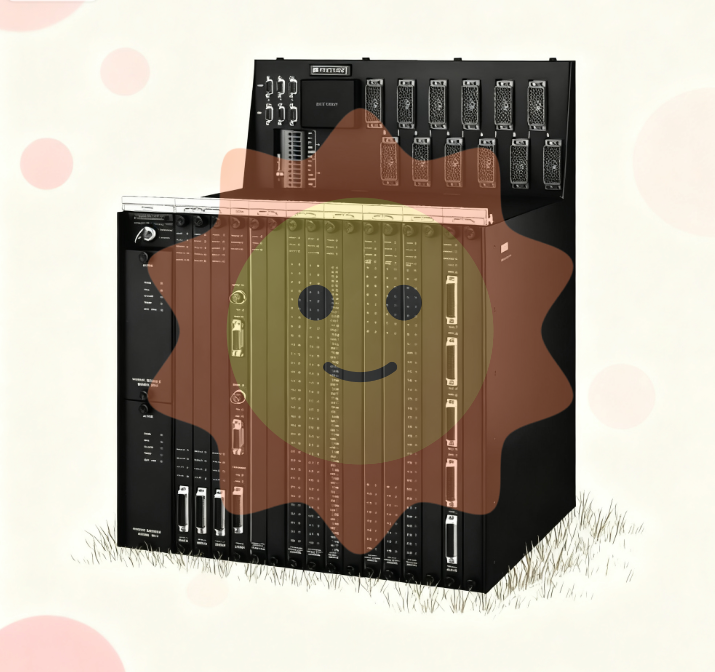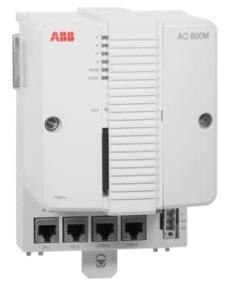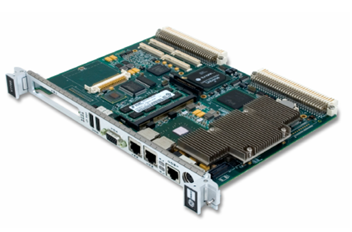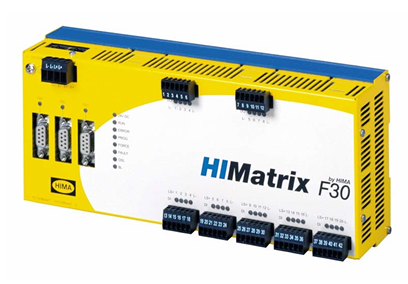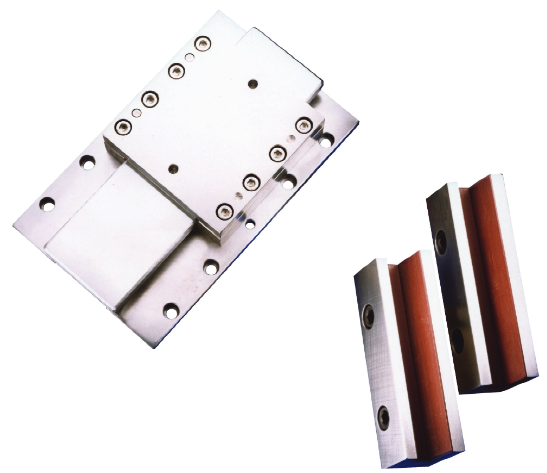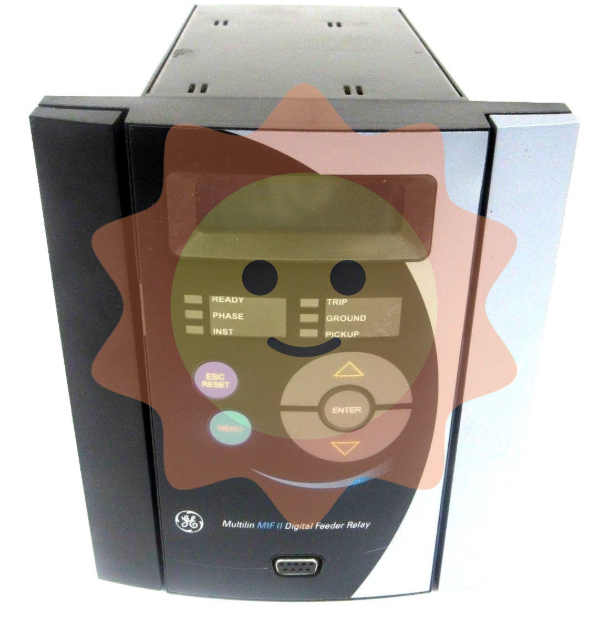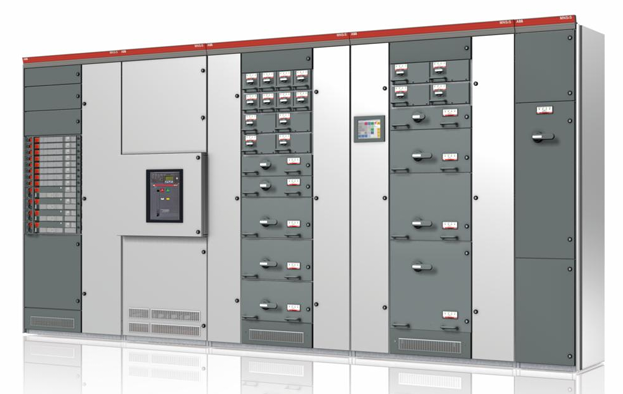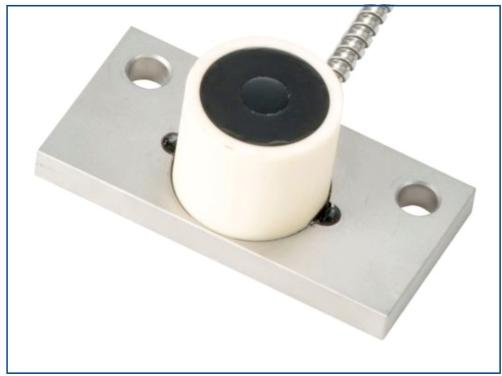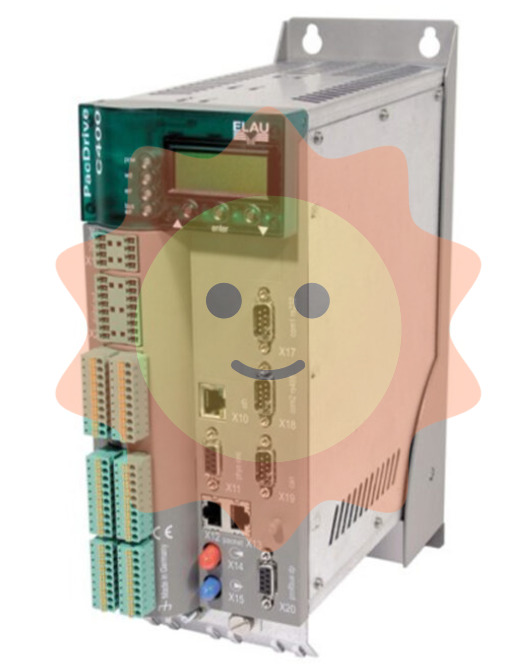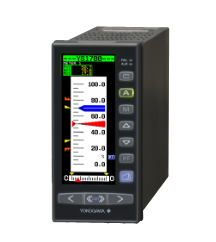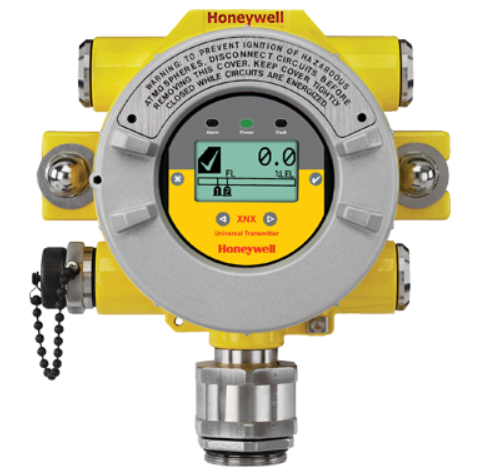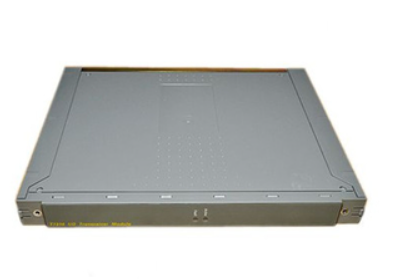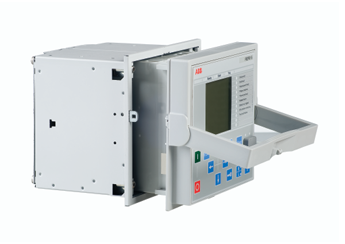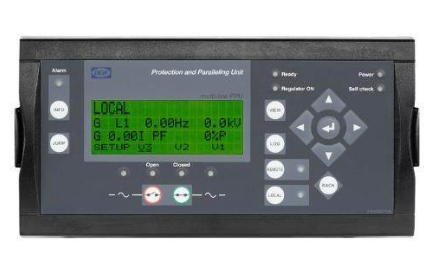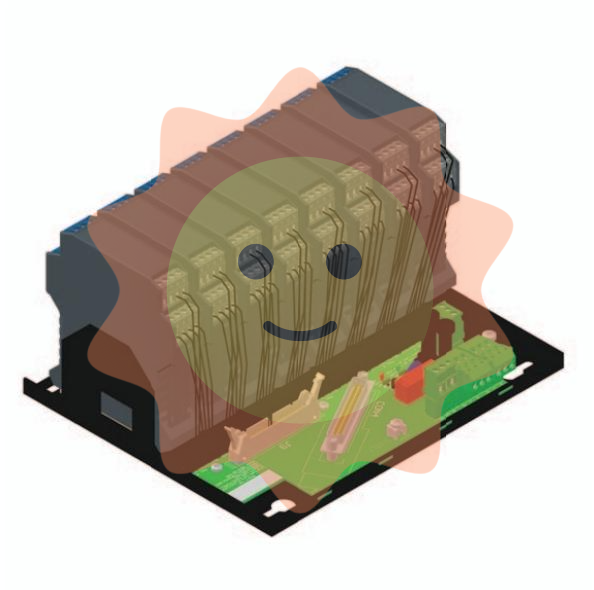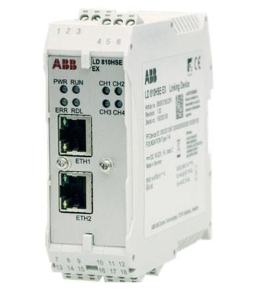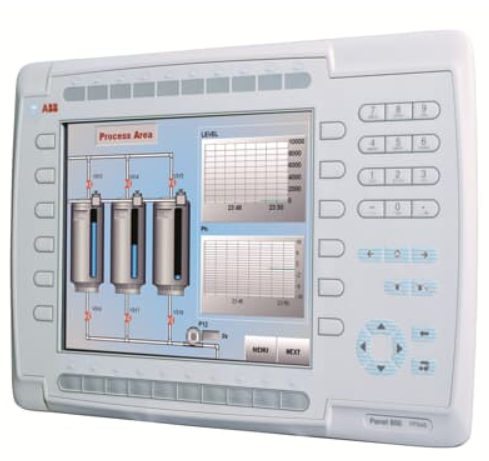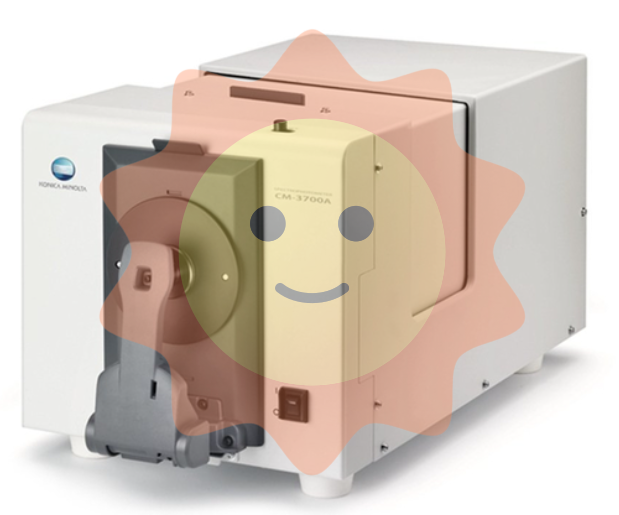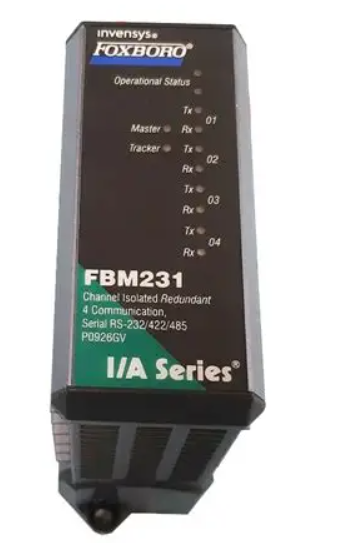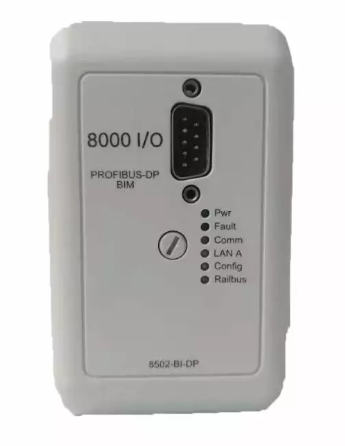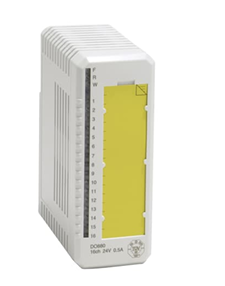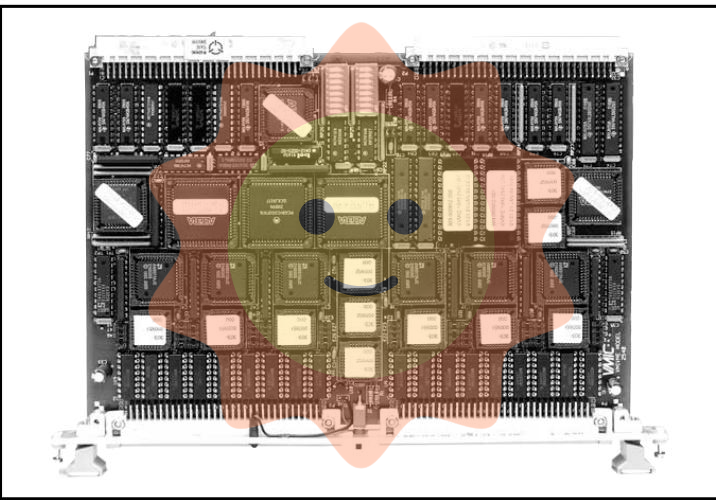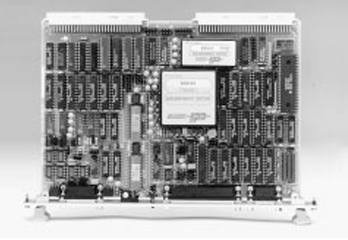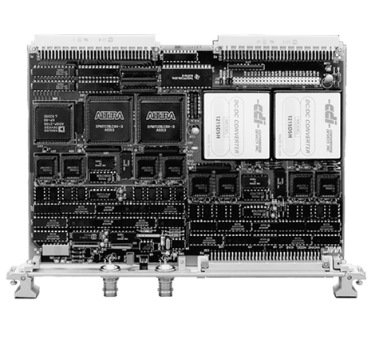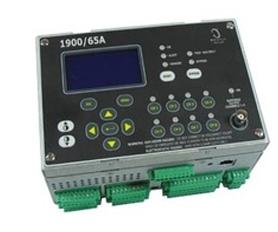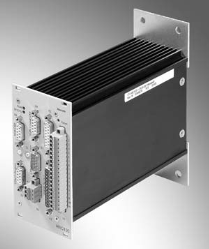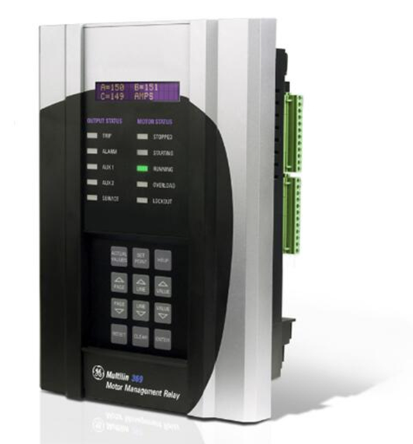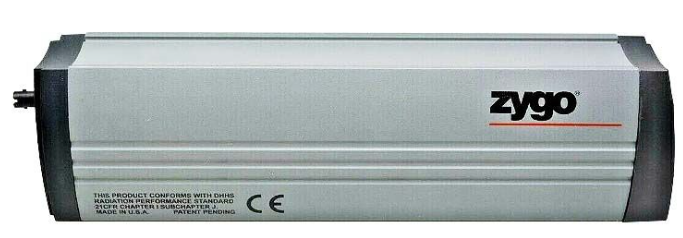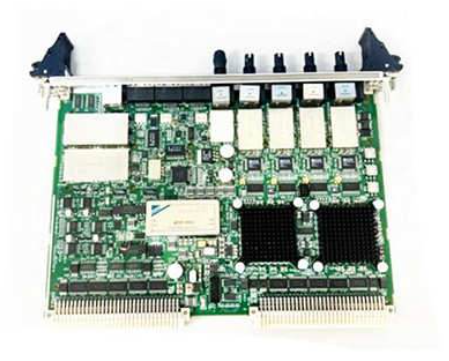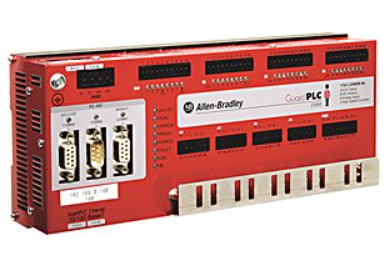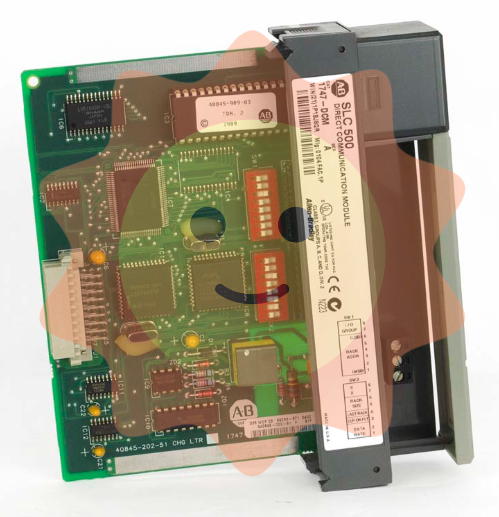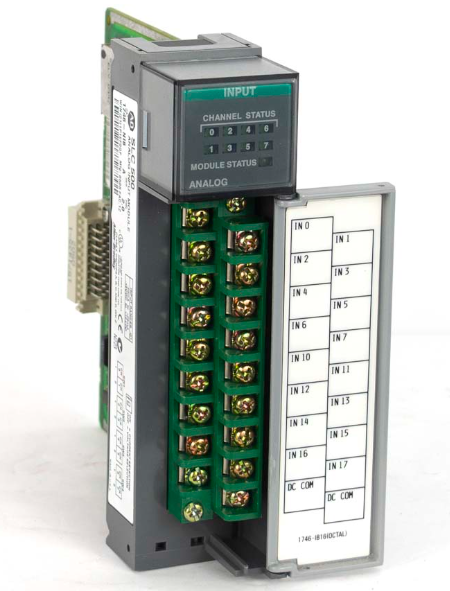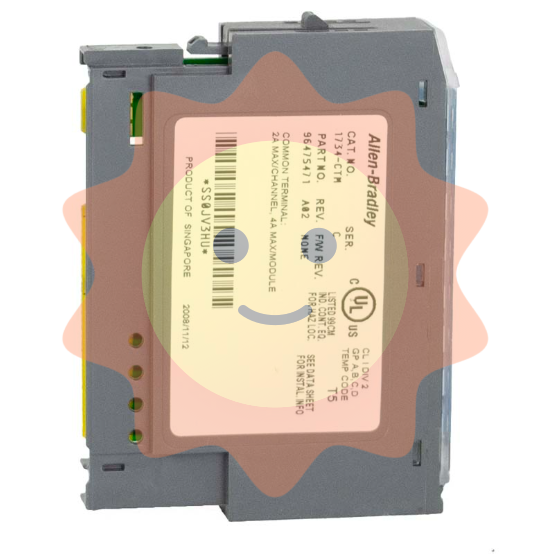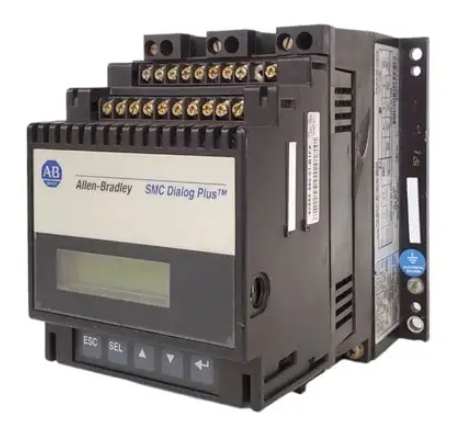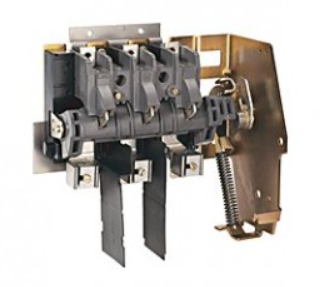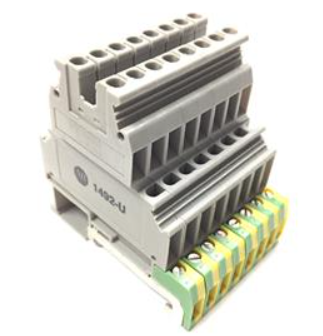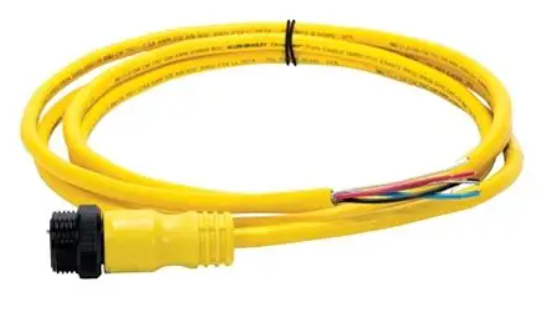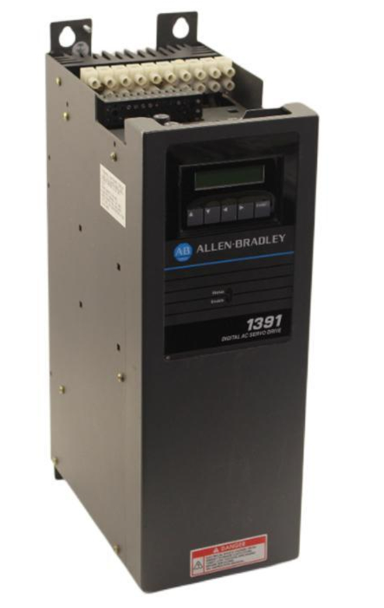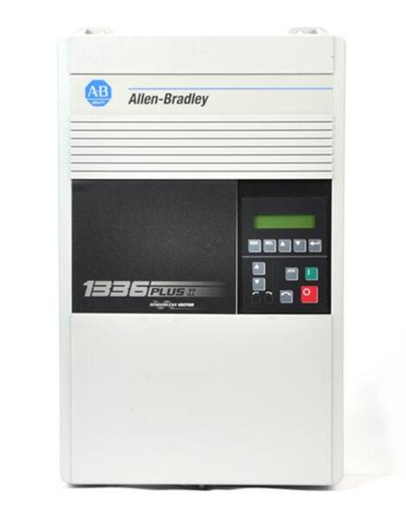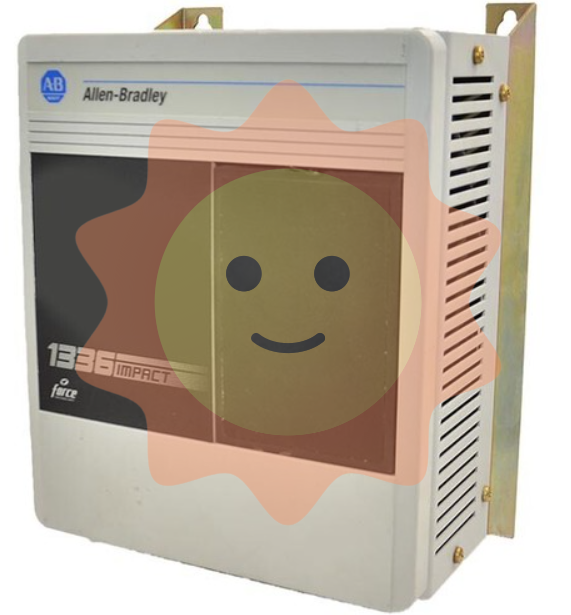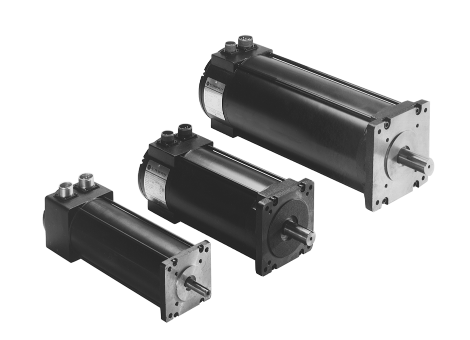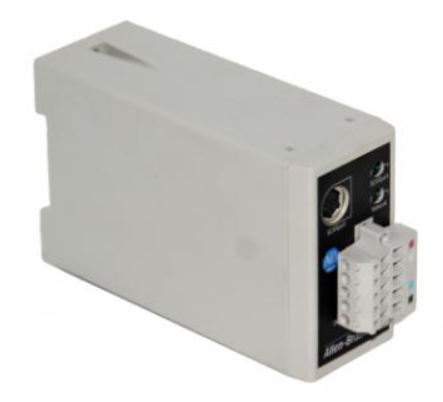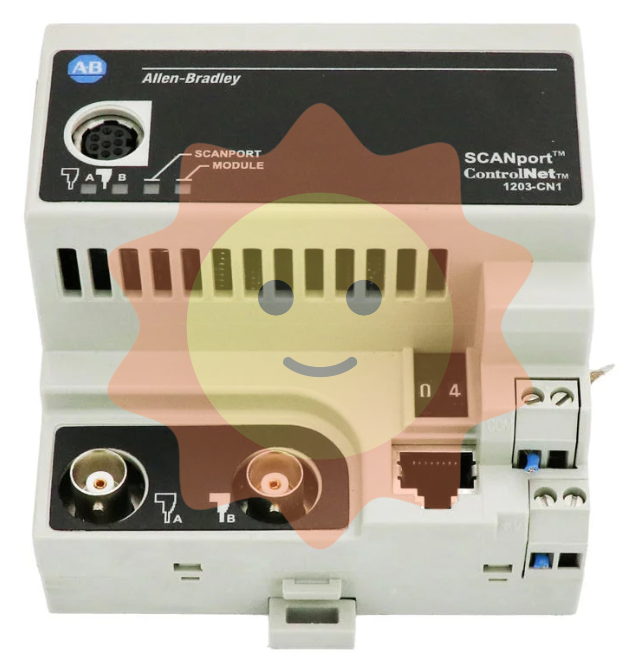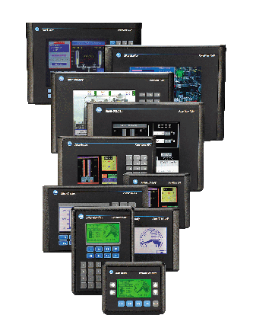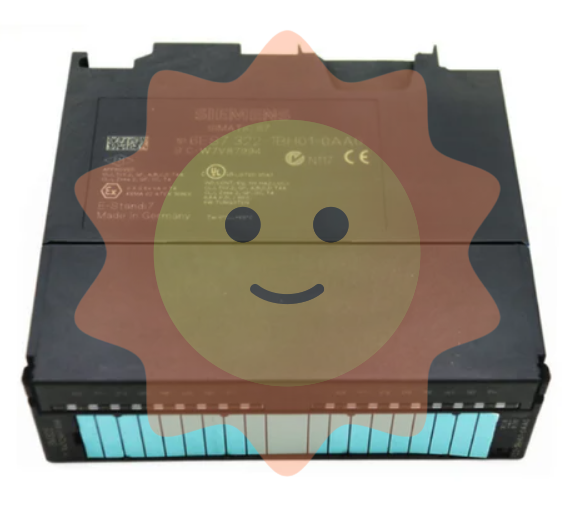GE IS420UCSBH1A Mark VIe Controller
GE IS420UCSBH1A Mark VIe Controller
Product Overview
The IS420UCSBH1A is one of the Mark VIe system controllers designed to control water, gas and steam turbine systems. It is one of five available UCSB (Universal Control and Safety Board) modules and offers excellent performance and stability to meet the control needs of a wide range of complex industrial environments.
Technical Specifications
Processor: 600 MHz Intel EP80579 microprocessor to provide powerful computing power.
Memory: 256 MB DDR2 SDRAM memory with flash support SRAM, ensuring fast data access and processing.
Operating System: QNX Neutrino OS with support for control block languages (analogue and digital) provides a flexible control and programming environment.
Communication interfaces:
Three Ethernet ports for connection to R/S/T I/O networks.
Three additional ENET ports for connection to HMMI (Human Machine Interface), other controllers, historical databases and peer-to-peer connections.
One USB port for easy data transfer and debugging.
Power supply: Built-in power supply eliminates the need for an external power supply, simplifying installation and maintenance.
Size and Weight: With a footprint of 6.4‘ x 8.1’ x 1.4’ and a weight of 2.4 lbs (excluding shipping packaging), it is small, lightweight and easy to install.
Operating temperature: -22 to 149 degrees Fahrenheit (-30 to 65 degrees Celsius), adaptable to a variety of industrial environments.
Functional Features
Data Acquisition and Processing: Capable of acquiring data from a variety of sensors, instruments and monitoring equipment, and carrying out operations such as filtering, amplification, digitisation and calibration to ensure the accuracy and reliability of the data.
Real-time monitoring and control: real-time monitoring of equipment and system status, as well as monitoring of various key parameters, timely identification of abnormalities or failures, and take appropriate control measures.
Communication and data exchange: Communicate and exchange data with other equipment and monitoring systems through Ethernet, USB and other interfaces to achieve information sharing and collaborative work.
Modular design: Adopting modular design, it is convenient for users to expand and customise functions according to their needs to adapt to different monitoring and control tasks.
High reliability: conforming to industrial standards, it has high reliability and durability and is suitable for various harsh industrial environments.
Application Areas
GE IS420UCSBH1A Mark VIe Controller is widely used in industrial automation, power system monitoring, equipment condition monitoring, fault diagnosis, data acquisition and process control. It can provide stable and reliable control and monitoring solutions for various industrial processes.
Precautions
When using the IS420UCSBH1A controller, ensure its compatibility and match with the system.
Regularly check and maintain the controller to ensure its normal operation and prolong its service life.
During installation and commissioning, the installation guide and operation manual provided by GE should be followed to ensure proper installation and configuration.
Controller Classification
Controllers are divided into combinational logic controllers and microprogrammable controllers, the two kinds of controllers have their own strengths and weaknesses. Combination logic controller design trouble, complex structure, once the design is completed, it can not be modified or expanded, but it is fast. Microprogrammed controller design is convenient, simple structure, modification or expansion are convenient, modify the function of a machine instruction, only need to reprogramme the corresponding microprogramme; to increase a machine instruction, only need to add a section of microprogramme in the control memory, but it is through the execution of a section of microprogramme. Specific comparisons are as follows: combinational logic controllers, also known as hard-wired controllers, are composed of logic circuits and rely entirely on hardware to implement the function of the instruction.
Basic Functions
Data buffering: Since the rate of I/O devices is low while the rate of CPU and memory is high, a buffer must be set up in the controller. In the output, this buffer is used to store the data coming from the host at high speed, and then the data in the buffer will be transmitted to the I/O device at the rate of the I/O device; in the input, the buffer is used to store the data coming from the I/O device, and then the data in the buffer will be transmitted to the host at high speed after a batch of data has been received.
Error control: The device controller also manages error detection of data sent from I/O devices. If an error is found in the transmission, the error detection code is usually set and reported to the CPU, which then cancels the transmitted data and transmits it again. This ensures the correctness of the data input.
Data exchange: This refers to the realisation of data exchange between the CPU and the controller, and between the controller and the device. For the former, it is through the data bus, by the CPU in parallel to write data into the controller, or from the controller in parallel to read out the data; for the latter, it is the device will be the data input to the controller, or from the controller to the device. For this purpose, data registers have to be set up in the controller.
Status Description: Identifies and reports the status of the device The controller shall note down the status of the device for the CPU to know. For example, the CPU can start the controller to read data from the device only when the device is in a transmit-ready state. For this purpose, a status register shall be set up in the controller with each bit therein reflecting a particular state of the device. When the CPU reads in the contents of this register, it will know the state of the device.
Receive and recognise commands: The CPU can send many different commands to the controller, and the device controller should be able to receive and recognise these commands. To this end, there should be a corresponding control register in the controller to store the received commands and parameters, and decode the received commands. For example, the disk controller can receive Read, Write, Format and other 15 different commands from the CPU, and some commands also have parameters; accordingly, there are several registers and command decoders in the disk controller.
Address recognition: Just as each unit in memory has an address, so does each device in the system, and the device controller must be able to recognise the address of each device it controls. In addition, in order for the CPU to be able to write to (or read from) registers, these registers should all have unique addresses.

- User name Member Level Quantity Specification Purchase Date
- Satisfaction :
-









Email:wang@kongjiangauto.com

